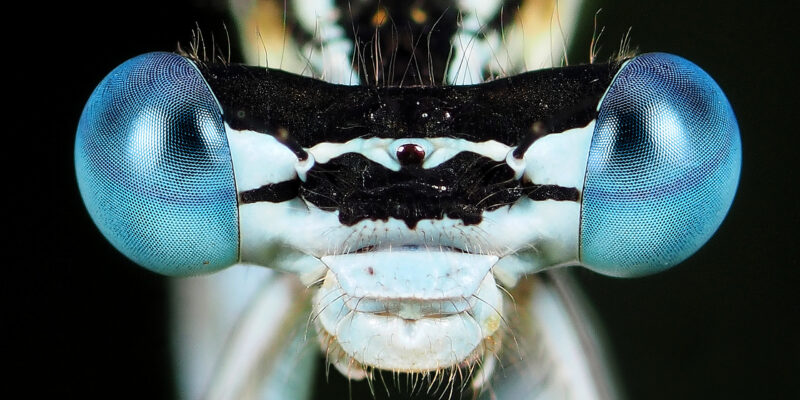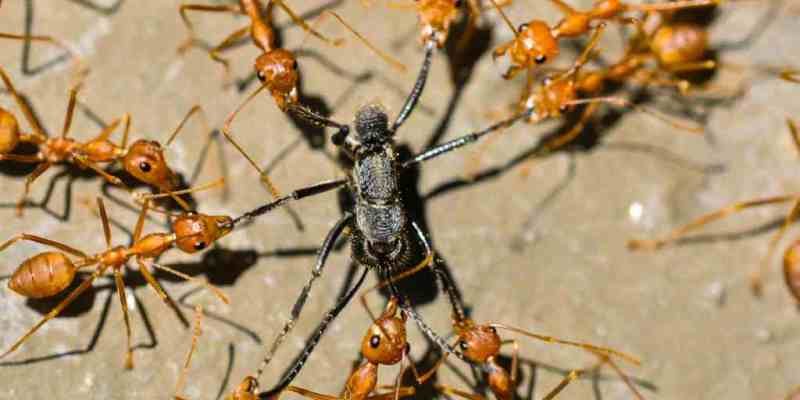Congratulations to the winners of the 2021-2023 Royal Entomological Society Journal Awards.
Insect Molecular Biology is a Royal Entomological Society journal publishing high-quality original research on insect and arthropod molecular biology. Focusing on insect genomics/genes and proteomics/proteins. Delving into topics like gene structure and regulation, protein localization and function, molecular population genetics, and insect interactions with microorganisms.
We encourage papers with large datasets from experiments or genome analyses, as long as they contribute to hypothesis testing and advance understanding in the field.

Winner Volume 31, 2022:
Vilde Leipert for leading the research on Resolving the zinc binding capacity of honey bee vitellogenin and locating its putative binding sites
This research integrated computational and experimental approaches to map vitellogenin’s zinc-binding sites critical to its function.

The judges commented,
“it advances our understanding of vitellogenin’s function in honey bees at the molecular level with broader implications for other egg-laying species. This study stood out because of the elegant computational analyses of sequence data and protein structures combined with experimental data and the significant contributions of the first author as an early career researcher in this work.”
Vilde is a postdoctoral researcher at the Norwegian University of Life Sciences (NMBU), currently on a research stay at University College London (UCL). Her work combines computational biology with experimental data to investigate Vitellogenin (Vg), an essential protein for health and behaviour in most egg-laying animals.
Her research focuses on Vg in honey bees, aiming to uncover the molecular mechanisms behind its diverse functions and shed light on its roles in reproduction, nutrition and immunity for honey bees and other egg-laying species. Her PhD from NMBU was honoured with the Alf Bjørseth’s Inspiration Award for the best doctoral work in renewable energy and life sciences. Her doctoral research achieved important milestones, including the first full-length structure prediction for Vg and a comprehensive collection of honey bee Vg genetic variation. Her ongoing work seeks to understand Vg’s structure-function relationships across species with potential implications for sustainable and resilient agricultural and food systems.

Vilde explained her research in detail as,
“an interdisciplinary approach to reveal a new outlook on how a protein works—vitellogenin (Vg), which is essential for honey bee health and behaviour. Vg is honey bees’ primary zinc (Zn) carrying protein, necessary for biological reactions and normal lifecycles. We present the first evidence for an exact Zn to Vg binding ratio and how Zn can play a role in Vg’s functions.
A range of multifunctionality has been described for Vg in egg-laying animals over the years. In honey bees, Vg is essential for reproduction, disease defence, lifespan regulation and nutrition. Vg is not only found in bees but can be traced back 700 million years to the beginning of multicellular animal life, with descendants in animals today. Still, its molecular mechanisms remain poorly understood. We use artificial intelligence to predict protein structure alongside experimental data, unveiling new insights into Vg’s diverse roles.”

Winner Volume 32, 2023:
Jianfeng Qiu for his research in Circadian clock regulates developmental time through ecdysone and juvenile hormones in Bombyx mori
Jianfeng and his coauthors evaluated hormonal biosynthesis and signalling after knocking out the core clock gene Cryptochrome 1 (Cry1-/-) in the biological clock system of Bombyx mori. They determined that this gene is involved in maintaining hormonal homeostasis.

The judges commented,
“This paper was selected because the authors conducted a thorough study including gene expression analyses, hormone titer measurements, dissections of brain-corpora allata complexes, and immunohistochemistry to observe hormones.
This study advances our understanding of how the circadian clock regulates the coordinated release of hormones during development.”
Dr. Jianfeng Qiu is a teacher at Fujian Agriculture and Forestry University, Fuzhou, China. His research focuses on the regulatory mechanisms of insect circadian rhythms and insect physiology, and has identified the transcriptional-translation feedback loop of the silkworm circadian clock.
He notes that knocking out Bombyx mori cryptochrome 1 “resulted in significantly prolonged mutant larval development time.

Research revealed that the dysfunctional molecular clock of silkworms disrupts the ecdysone and juvenile hormone biosynthesis. The clock transcription factor CYCLE in the larval brain specifically binds to the promoter region of Jhamt through the E-box, thereby regulating the synthesis of juvenile hormone.”
The results of this research provide important insights into the molecular mechanisms by which the circadian clock regulates animal development by maintaining hormonal homeostasis.






